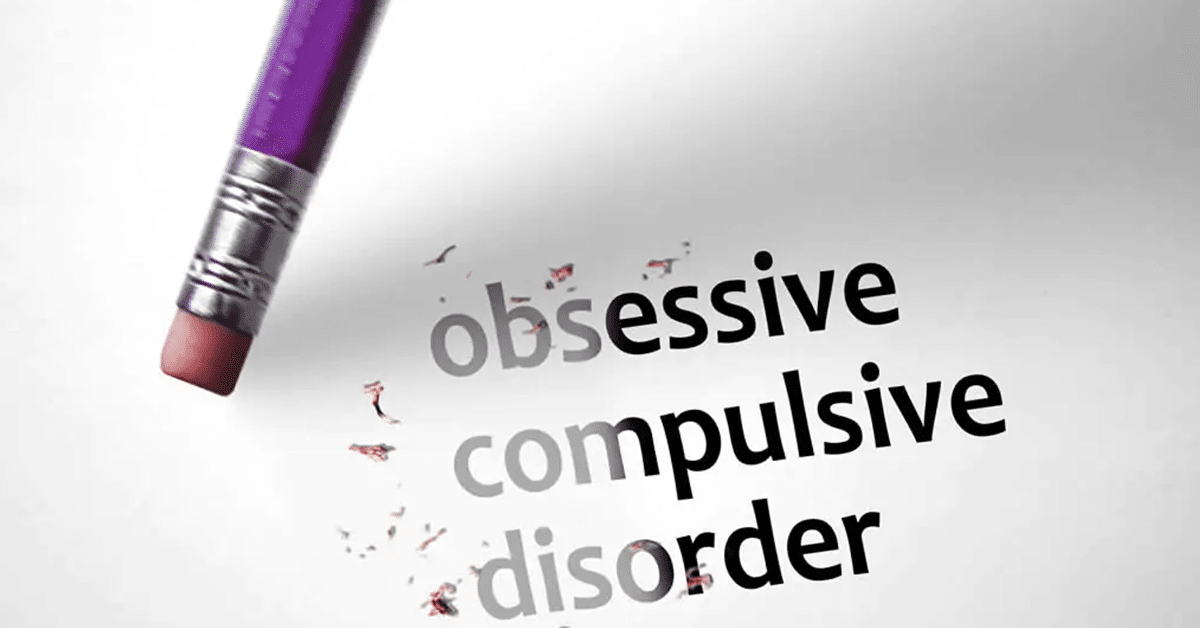The Hedonic Treadmill
Too many people think things like money, career success, romantic relationships… are the key to their happiness. I hear it a lot in the early days of my work with a client.
Typically, they have been trying as hard as they can to make these things happen—only to find that they are miserable in the process AND that once they get there they are no happier than they were before.
Replicated studies show that, even after something like winning the lottery or becoming paraplegic, participants tend to return to their baseline levels of happiness. This effect is known as The Hedonic Treadmill to indicate that we adapt to positive and negative changes practically as if they didn’t happen at all.
So much for “if only…” or “when I…” then I’ll be happy. Clearly not the best way to get and stay happy in life. But then, if it is so elusive, why do we even care as much as we do about being happy, so much that we even have a day for it around the world.
International Day of Happiness
March 20 is the UN International Day of Happiness, recognizing:
…the relevance of happiness and well-being as universal goals and aspirations in the lives of human beings around the world and the importance of their recognition in public policy objectives. It also recognized the need for a more inclusive, equitable and balanced approach to economic growth that promotes sustainable development, poverty eradication, happiness and the well-being of all peoples.
The resolution was initiated by Bhutan, a country which recognized the value of national happiness over national income since the early 1970s and famously adopted the goal of Gross National Happiness over Gross National Product. It also hosted a High Level Meeting on “Happiness and Well-Being: Defining a New Economic Paradigm” during the sixty-sixth session of the General Assembly.
Notice the emphasis on economic growth. There is controversy on how much income it takes to live a happy life. It used to be ~$75,000. Recently, I saw it at more like $200,000 but this varies by state in the US, surely depends on how many mouths there are to feed, and in any case is not all there is to being happy anyway.
Still, I think we can agree that absent basic needs being met there will likely be stress and unhappiness along with it. Although, I have to say I have been to less wealthy countries where people lived in tents with family and friends, and big smiles on their faces as their kids pooped in the streets with the cows.
So, again, what then is happiness, and why do we care?
What is Happiness?
Happiness is ‘a happening’ in the brain. Environmental, social, and genetic factors combine to impact our brain: involving the prefrontal cortex, amygdale, hippocampus, anterior cingulated cortex, and insular cortex, and neurotransmitters such as endorphin, dopamine, serotonin, nor-epinephrine, and melatonin.
From an evolutionary perspective, it “can be defined as a positive emotional state that promotes survival and reproduction. It is a feeling of contentment, satisfaction, and pleasure that is linked to behaviors and experiences that are beneficial for our survival and the continuation of our species.”
We don’t tend to think of it in that much depth and complexity. We just know we like it and never seem to get enough, pretty much always looking around for more.
To our question about why we care as much as we do, the answer is we care because we are hardwired to care, and that’s probably not going away any time soon.
But now that we understand that the happy rush we get from persons, places, and things outside of ourselves tends dissolve in short order, what else is there for us to do that would leave us more consistently happy no matter what.
Daily happiness is, after all, very good for our health. So, if it is not out there, where is it—and how can we get it, keep it, and spread it too?
3 Simple Daily Practices for Happiness
The theme for the UN International Day of Happiness is “Be Mindful. Be Grateful. Be Kind.” Here is how:
- BE MINDFUL: Relax your breathing and notice “How am I feeling right now?” (or go here for my 30-Second Mindset Reset).
- BE GRATEFUL: Look around you and ask yourself: “What am I thankful for?”
- BE KIND: With warm feelings, ask yourself: “Who do I want to send love to?”
I sent these 3 steps to my kids this morning with this adorable dog, Archie, and his message.
Click here to treat yourself to Archie.
And for this, or something else, Contact Me at https://madelaineweiss.com
Wishing you a happy day today and always!
Madelaine
Keep Reading
Want more? Here are some other blog posts you might be interested in.







